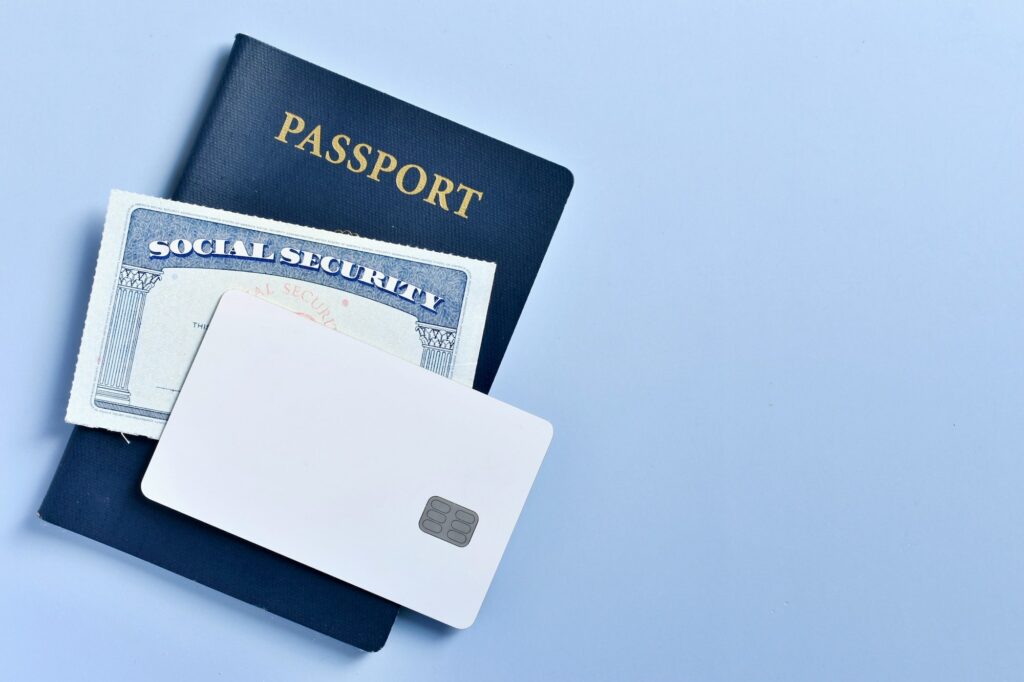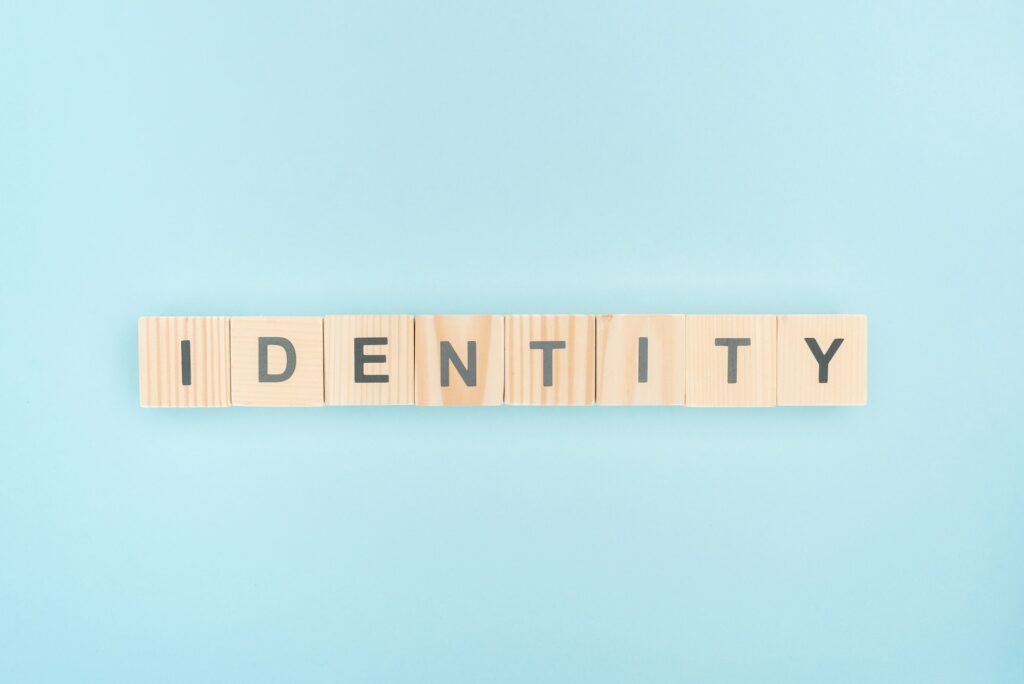Government-issued identity documents play a crucial role in establishing an individual’s identity and are widely used for various purposes, including travel, employment, financial transactions, and access to government services. To ensure the authenticity and validity of these documents, a process of verification is essential. This article explores the concept of verifying government-issued identity documents, the importance of this process, and the methods commonly employed for verification.

Table of Contents
ToggleUnderstanding identity documents
Government-issued identity documents are official documents provided by the governing authorities of a country to its citizens or residents. These documents serve as proof of a person’s identity and may include information such as name, date of birth, photograph, signature, and unique identification numbers.
Common examples of government-issued identity documents include passports, national identification cards, driver’s licenses, social security cards, and residency permits. Each country has its own set of documents that are recognized as valid forms of identification within its borders.
Importance of verification
Verification of government-issued identity documents is crucial for several reasons:
- Preventing Fraud: Verification helps prevent identity theft and fraudulent activities such as forging documents or assuming false identities. By confirming the authenticity of the presented document, organizations can minimize the risk of fraudulent transactions and protect individuals and institutions from potential harm.
- Compliance and Legal Requirements: Many industries, including finance, healthcare, and transportation, are subject to regulatory requirements that mandate the verification of identity documents. Verifying these documents ensures compliance with the law and helps prevent illegal activities, such as money laundering or identity fraud.
- Maintaining Trust: Verification processes build trust between individuals, organizations, and governments. By verifying identity documents, institutions can ensure that they are dealing with genuine individuals, fostering a sense of security and reliability in their operations.
- Access to Services and Privileges: Verification is often a prerequisite for accessing various services and privileges, such as opening a bank account, obtaining a driver’s license, or voting in elections. By confirming the authenticity of identity documents, authorities can ensure that only eligible individuals receive the benefits and rights associated with these services.

Methods of verification
Several methods are commonly employed to verify government-issued identity documents:
- Visual Inspection: The simplest form of verification involves visually inspecting the document for security features such as holograms, watermarks, special inks, or embedded security threads. Trained personnel compare the physical characteristics of the document with known genuine examples to identify potential signs of forgery or tampering.
- Machine-Readable Features: Many identity documents incorporate machine-readable features, such as barcodes, magnetic strips, or RFID chips. These features store encrypted data that can be read by specialized devices to confirm the document’s authenticity and validate the information contained within it.
- Online Verification Systems: With advancements in technology, online verification systems have become prevalent. These systems allow individuals and organizations to verify the authenticity of identity documents electronically. By capturing the document’s data and cross-referencing it with trusted databases or government records, these systems can provide near-instant verification results.
- Biometric Verification: Biometric verification involves comparing the biometric data of an individual, such as fingerprints, facial recognition, or iris scans, with the data stored on the identity document. Biometric verification adds an extra layer of security and helps prevent identity fraud by ensuring the person presenting the document is the legitimate owner.
Conclusion
Verifying government-issued identity documents is essential for maintaining security, preventing fraud, and ensuring compliance with legal requirements. The use of visual inspection, machine-readable features, online verification systems, and biometric verification helps authenticate these documents, confirming their validity and protecting individuals, organizations, and governments from potential risks.
FAQ (Frequently Asked Questions)
Q: Why is it necessary to verify government-issued identity documents? A: Verifying government-issued identity documents is necessary to prevent fraud, comply with legal requirements, maintain trust, and ensure that individuals are granted access to services and privileges they are entitled to.
Q: What are some common government-issued identity documents? A: Common government-issued identity documents include passports, national identification cards, driver’s licenses, social security cards, and residency permits.
Q: How can I visually inspect a government-issued identity document for authenticity? A: When visually inspecting a document, look for security features such as holograms, watermarks, special inks, or embedded security threads. Compare the physical characteristics of the document with known genuine examples to identify signs of forgery or tampering.
Q: What are machine-readable features on identity documents? A: Machine-readable features include barcodes, magnetic strips, or RFID chips embedded in identity documents. These features store encrypted data that can be read by specialized devices to confirm authenticity and validate the information within the document.
Q: How do online verification systems work? A: Online verification systems capture the data from an identity document and cross-reference it with trusted databases or government records. This process helps validate the authenticity of the document and provides near-instant verification results.
Q: What is biometric verification? A: Biometric verification involves comparing an individual’s biometric data, such as fingerprints, facial recognition, or iris scans, with the data stored on the identity document. Biometric verification adds an extra layer of security by ensuring the person presenting the document is the legitimate owner.
Q: Can identity documents be verified internationally? A: The verification process for government-issued identity documents may vary from country to country. However, certain international standards, such as biometric passports, have been established to facilitate cross-border verification and enhance security measures.
Q: Can identity documents be tampered with or forged? A: While government-issued identity documents incorporate various security features to deter tampering and forgery, determined individuals may attempt to manipulate or forge them. That is why robust verification processes, including visual inspection, machine-readable features, online verification systems, and biometric verification, are necessary to detect potential fraud.
Q: Who is responsible for verifying government-issued identity documents? A: The responsibility for verifying government-issued identity documents lies with different entities depending on the context. For example, employers may verify identity documents during the hiring process, immigration authorities verify documents for travel and residency, and financial institutions verify documents for account openings and transactions.
Q: Are there any privacy concerns associated with verifying identity documents? A: Verifying identity documents involves accessing personal information. It is crucial for organizations and authorities to handle this data responsibly and in compliance with applicable privacy laws and regulations to protect individuals’ privacy and prevent misuse of their personal information.

